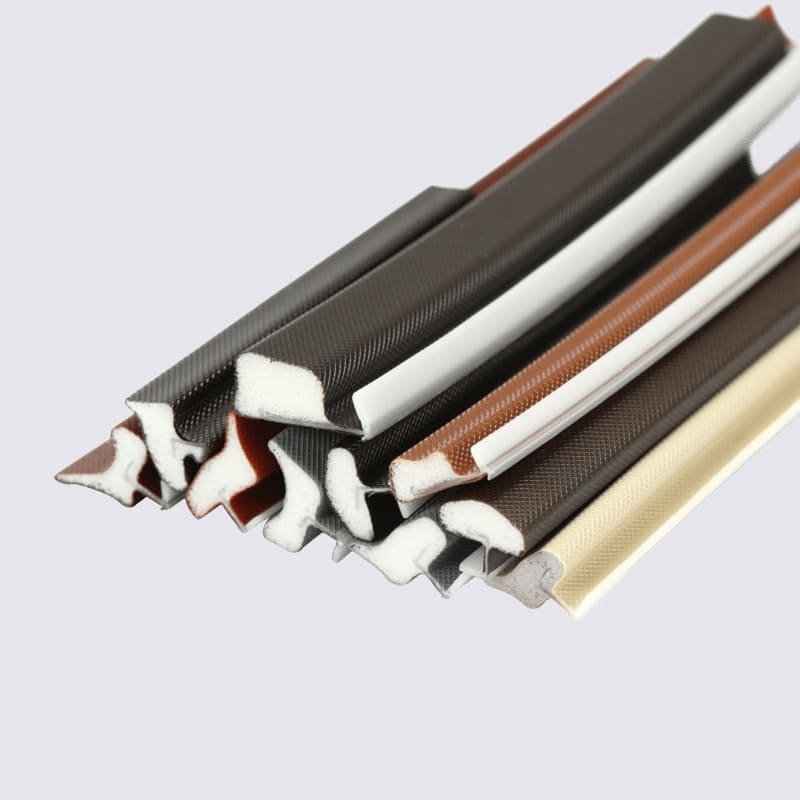How to install automotive silicone hose?
Installing a silicone hose in a vehicle can be a straightforward process if you follow the right steps and use the right tools. Here are the general steps for installing a silicone hose:
Prepare the area: Clean the area around the hose fitting and inspect it for any damage or debris.
Check the fit: Ensure that the silicone hose fits properly over the fittings and that the ends are cut cleanly and beveled.
Lubricate the fittings: Apply a small amount of lubricant, such as soapy water, to the inside of the hose and the fittings to make it easier to install the hose.
Slide the hose over the fitting: Gently slide the hose over the fitting, being careful not to kink or damage the hose.
Secure the hose: Use a high-quality worm-drive hose clamp or another type of clamp that is appropriate for your specific application to secure the hose to the fitting.
Repeat the process: Repeat these steps for any additional hoses or fittings that need to be installed.
Check for leaks: After installation, inspect the hoses for any signs of leaks, such as bubbles or drips.
It’s important to use the correct tools and hardware for your specific application and to tighten the clamps securely to prevent leaks.
What should I use to clean the silicone hose?
To clean a silicone hose, you can use soap and water, a mixture of water and vinegar, or a specialized silicone cleaner. Here are the steps you can follow:
Soap and water: Simply wash the hose with soap and warm water, making sure to scrub all surfaces thoroughly. Rinse the hose thoroughly with water to remove any soap residue.
Water and vinegar: Mix equal parts water and vinegar in a spray bottle. Spray the solution onto the hose and let it sit for a few minutes. Scrub the hose thoroughly with a soft-bristled brush, then rinse it with water. solution onto the hose and let it sit for a few minutes. Scrub the hose thoroughly with a soft-bristled brush, then rinse it with solution onto the hose and let it sit for a few minutes. Scrub the hose thoroughly
Silicone cleaner: If you have a specialized silicone cleaner, you can follow the instructions on the product label. Обычно, the cleaner is applied to the hose and allowed to sit for a specified amount of time, then rinsed off with water.
How much heat can the silicone hose withstand?
The temperature resistance of silicone hoses can vary depending on the specific type of hose, but in general, silicone hoses can withstand temperatures ranging from -65°F (-54°С) to up to 450°F (232°С) for short periods of time. Some high-temperature silicone hoses can withstand even higher temperatures for extended periods of time. Однако, it’s important to keep in mind that exposure to high temperatures can cause the silicone to degrade over time and become brittle, potentially leading to cracks and leaks.





